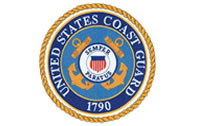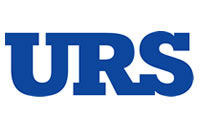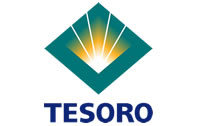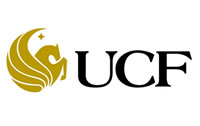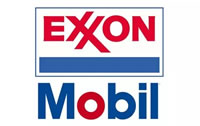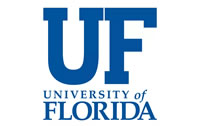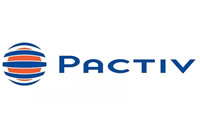How to keep momentum going once a challenging goal is achieved; 4 ways to turn short-term success into long-term achievements.

Over the course of several months you’ve worked hard to drive up performance. You were successful. Performance exceeded historic levels. Now it’s six months or longer after you achieved that best performance level and things have been backsliding. The high level of performance is not being sustained. What’s the problem? And, how can you get the momentum back?
Let’s say your goal was to produce 10% more salable product than the previous goal. Everyone knows they have to be on top of their game to accomplish this goal. Peers from different departments have conversations about how they can better work together to increase production availability, throughput, and quality. It takes several months, but they finally get there.
This approach works for short-term improvements. People feel that they are important and that their work is important. The level of attention received was a tangible indication that what they did was important. It was energizing. They felt inspired by what they achieved.
But once a goal was achieved, how do you keep that momentum going? Short-term improvements work because they are finite efforts. Identify the end-state goal. Cross the finish line.
If we describe momentum as long-term sustained continuous improvement, then keeping momentum is more complicated. It can build on a short-term improvement but requires something else to sustain momentum. It gets the flywheel moving, but it does not keep the flywheel moving. Here are four recommendations that help momentum:
2. Provide resources to sustain or extend the improvements. People won’t be enthusiastic if they sense that a higher level of effort is expected to be the “new normal”. They can work at a higher level for a period of time, but if you don’t provide the resources that make the performance level sustainable, people will see it. Reinvest a portion of the benefits of high performance. Invest in sustaining the improvement by providing steady state resources, opportunities for technical or professional development, better tools, improved software, or other resources.
4. Formalize changes. The changes that enabled higher performance must be formalized in guidance (policies, plans, processes, procedures and measures). Formal guidance describes the right behaviors, habits and culture. If a sustained 10% improvement in salable product means thousands, or millions, of dollars in profit, some of that benefit should be used to invest in permanent improvements.
Making people feel appreciated is critical. Rewards the types of behaviors that you want repeated. It’s important for the team to know the improvement helps the organization and everyone that works there; not just the shareholders and senior executives.
Many times improvements are not incorporated into formalized and authorized guidance. Capture improvements in policies, plans, processes, procedures and measures. Use updated guidance as a new baseline for continuous improvement. Updating guidance also allows us to budget for the right assets and to use benefits of high performance to sustain those improvements. Formal guidance can be used for new employee orientation, training and reference.
Go forth and do great things.
Get a copy of my book “The Productive Leadership System”, or contact me for training, workshops, assessments or site visits.



